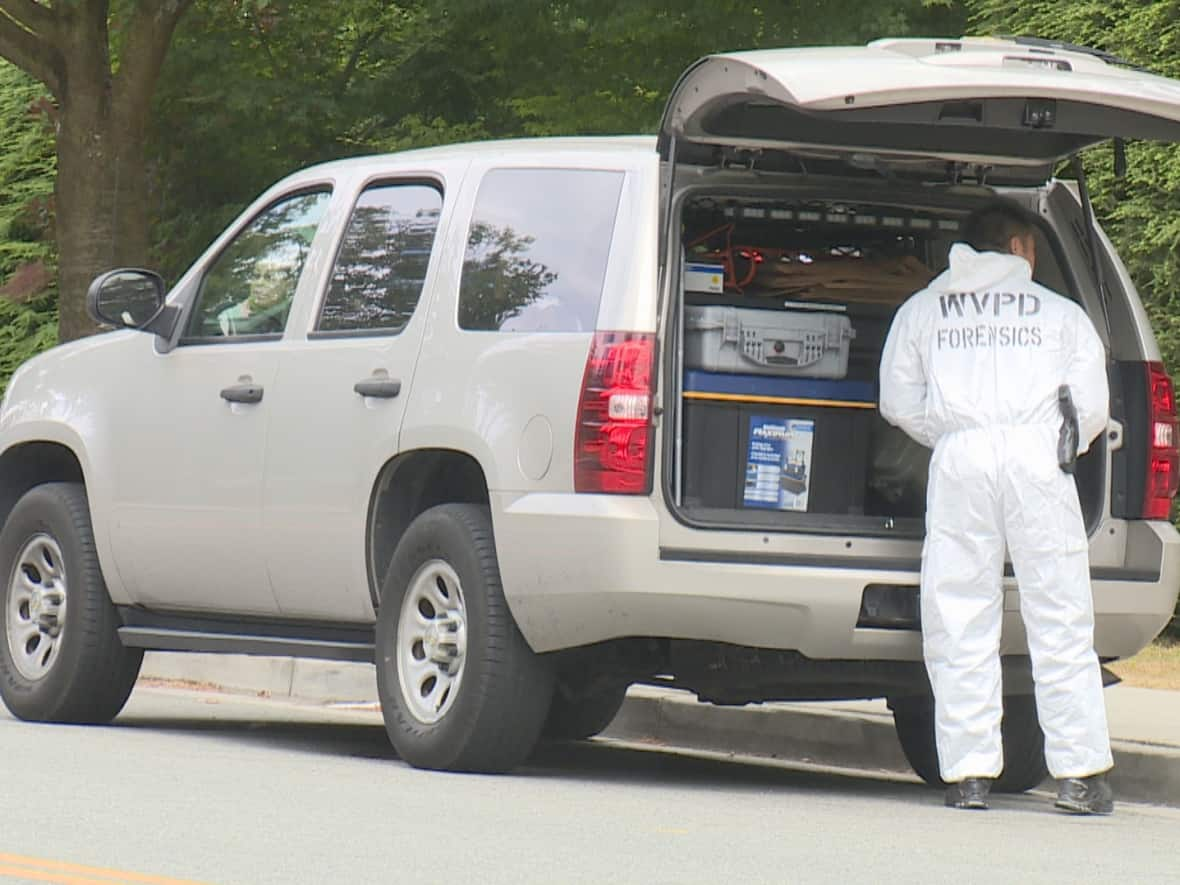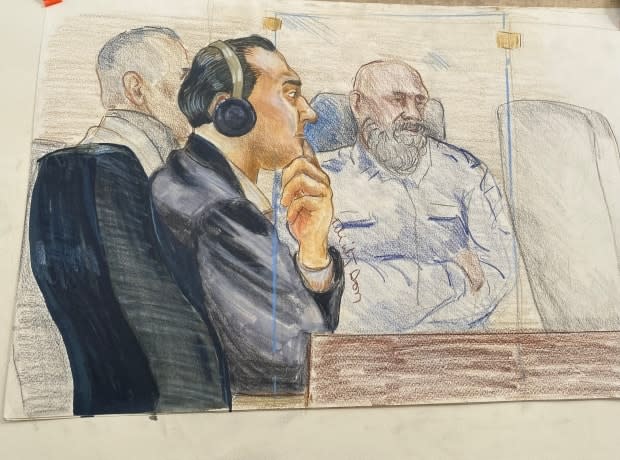Forensic officer didn't see drag marks leading to B.C. teen's body, murder trial told

WARNING: This story contains graphic content and may affect those who have experienced sexual violence or know someone affected by it.
A forensic officer testifying in the Ibrahim Ali trial said he didn't notice any drag marks or notable footprints in the woods leading up to where the body of a 13-year-old Burnaby teen was found.
Dominic Toa, a member of the RCMP's Integrated Forensic Identification Services (IFIS), told the jury he took over 300 photos of the crime scene at Burnaby Central Park on July 19, 2017, including the victim and surrounding area.
During cross-examination, Toa was asked by defence counsel Ben Lynsky if there were any noticeable footprints or drag marks that indicated a path from a nearby trail to where the body was found.
Toa said the forested ground wasn't "suitable" for observing either footprints or drag marks. He said police officers and paramedics had also walked certain areas of the ground around the body.
"My duty was to photograph evidence, not to theorize about the direction of travel," Toa told Lynsky.
In the Crown's opening statement, prosecutor Isobel Keeley told the jury that the 13-year-old victim was passing through Burnaby Central Park, likely with headphones in her ears, when she was attacked and dragged into the woods where she was sexually assaulted and strangled to death on the evening of July 18, 2017.
The victim's name is protected by a publication ban.

Jury reviews photos
On Thursday, the jury reviewed photos of the victim's body taken by Toa at the crime scene, including images that showed dirt on the victim's knees.
Toa testified that his job is to be as objective as possible and not theorize about circumstances like how the body ended up in the woods.
On Wednesday, Sgt. Michael Urmson said when he met with Toa at the crime scene, Toa told him dirt on the victim's body suggested she had been dragged.
Toa said he couldn't remember having that conversation, but if he did, he shouldn't have shared that opinion with Ursmon.
Toa also testified that he took blood swabs from the body that he eventually passed over to the Integrated Homicide Investigation team.
He said he also conducted examinations of the body, including one with a fluorescent light, meant to uncover bodily fluids, including saliva and semen but did not turn up any observable results at the crime scene.
He said he put a bag over the hands of the victim in case there might have been any DNA under the fingernails of the victim.
The trial is expected to continue until at least June 30.
Support is available for anyone who has been sexually assaulted. You can access crisis lines and local support services through this Government of Canada website or the Ending Violence Association of Canada database. If you're in immediate danger or fear for your safety or that of others around you, please call 911.


